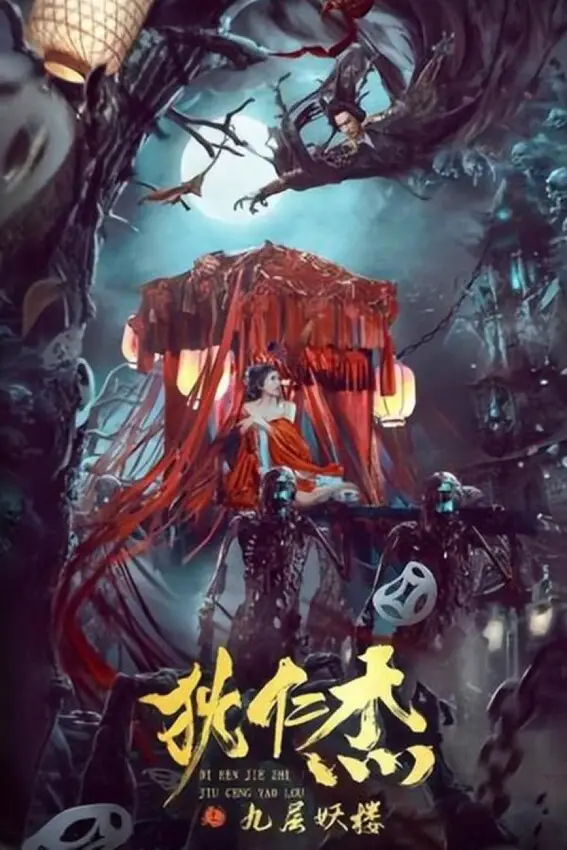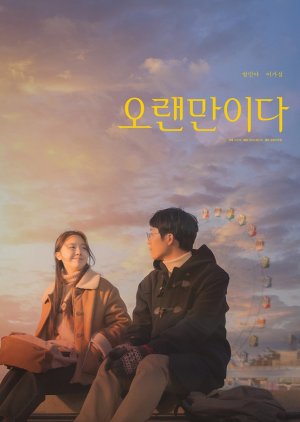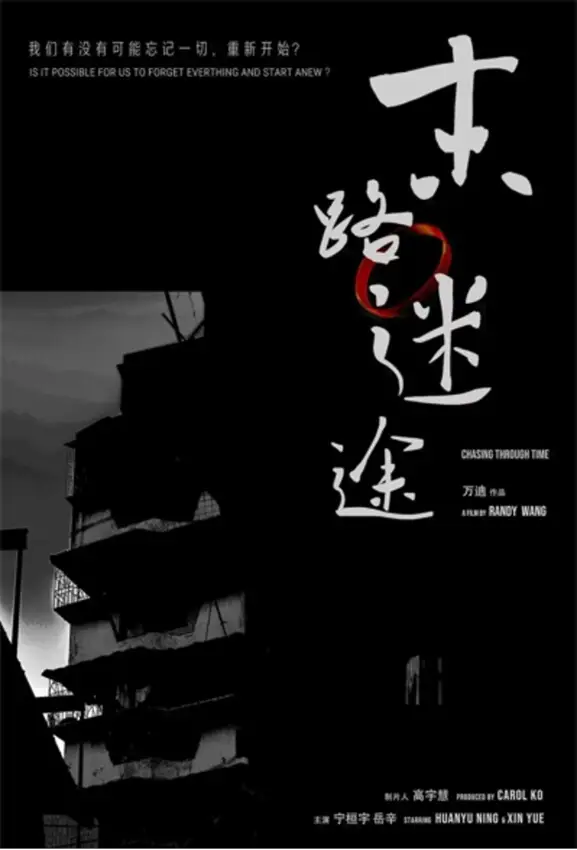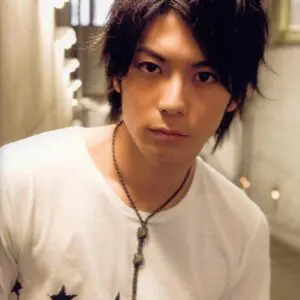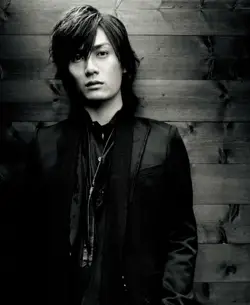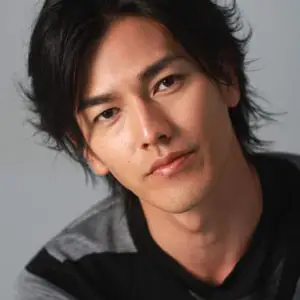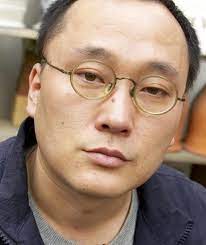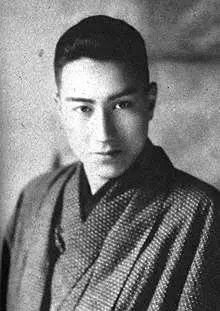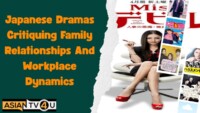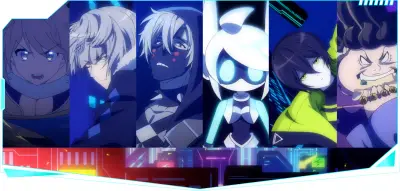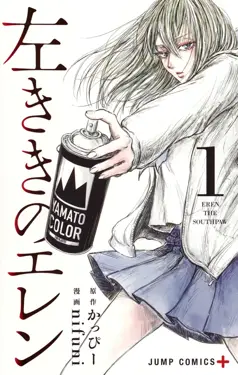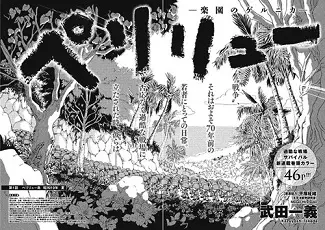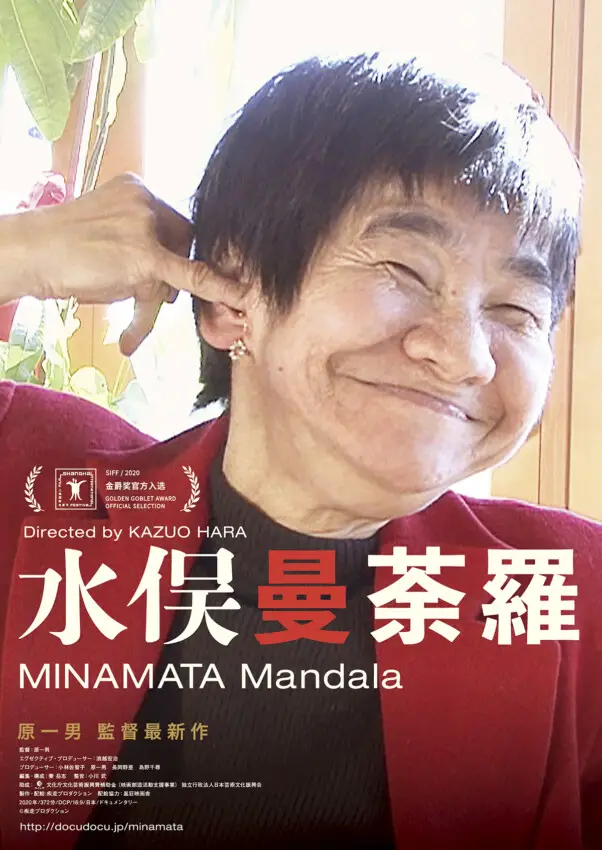
Movie Digest
Strange symptoms developed among the Minamata residents in the early 1940s. People began to have convulsions all over their bodies and tongues, which eventually caused them to become mute. The government treated people whose physical functions had failed like false patients, and the issue was managed politically. Minamata Mandala begins by defying this political solution. The film features a man in his 90s who has fought in court for over 20 years, a medical school professor researching the origin of the condition and a fisherman who supplies disease samples for medical testing. Kazuo Hara (the Director) does not portray them as opponents of political authority, diligent medical scientists, or victims of pain. The people he features in his film could easily have been any of us. Minamata Mandala that was shot over 15 years, accurately reflects the moment we live in. It is a compassionate docu-drama as well as a very political film.
The Feel-Good Part
Since it’s a docu-drama you will not watch it expecting your typical movie scenes or plot. There are no actors and actresses playing fictional characters. These are real people from Minamata who have gone through a terrible incident. You will hear horrifying mentions of real events and people yet, you will be unable to turn your eyes away from the screen. The film accurately describes the plight of this community and conveys much more through its cinematography. The film’s length, while understandable, is actually designed to honour the memory of the people portrayed, some of whom are no longer alive. All of these elements come together in this heart-rending portrayal called “Minamata Mandala”.
The Disappointing Factor
More than the film itself, the disappointing factors present are the real-life consequences faced by the people in the film even today. The documentary’s filming began in 2001 and lasted until 2015-16. The documentary exposes the Japanese government’s negligence in dealing with the sickness. It also methodically chronicles the decades-long legal and medical battle of the people of Minamata, Kumamoto Prefecture. It is frustrating to learn that almost nothing has changed in terms of the government’s attitude, even after 65 years. Furthermore, the main issue is that people are forgetting and moving on, while the people of Minamata are still trapped in those terrible days.
In-Depth Analysis
Though its length may appear daunting, the documentary’s main goal was to show the audience how long the road to justice is. The producers adopt a matter-of-fact approach to the 372-minute documentary, which is divided into three parts with two intervals. The filmmakers bring out a series of first-person interviews with patients, medical experts, and academicians who were involved in the study, and also the plaintiffs from the court hearing. Every aspect of this documentary was meticulously prepared and balanced. Furthermore, the timing of the Minamata Mandala is ideal because of the current global relevance it carries in demonstrating humanity’s united spirit in the face of the Coronavirus.
Star Power
The director, Kazuo Hara has a reputation for making pictures that are confrontational and slightly aggressive in nature. Minamata Mandala is no different and follows a similar style of filmmaking. It is forthright and bold in exposing the government’s flaws and shortcomings. Hara sensei makes a joke out of the officials who participate in this political musical chair of responsibility. Despite these bold moves, Hara sensei has claimed that he has not come across any legal problems during the production. His masterful direction is what made this documentary into the success it is today and in doing so he has helped the Minamata community finally get the attention they deserve.
Overall Opinion
Minamata Mandala is a wonderful documentary in terms of its production value/quality and the impact it has made. I feel like this is something all of us should watch to know and understand the plight of not only the Minamata community but so many others that go unnoticed within our own vicinity. It is an eye-opening experience that is completely relevant to the global situation today.

